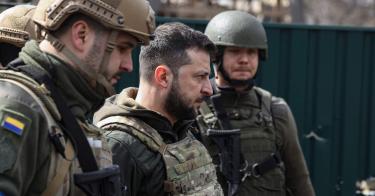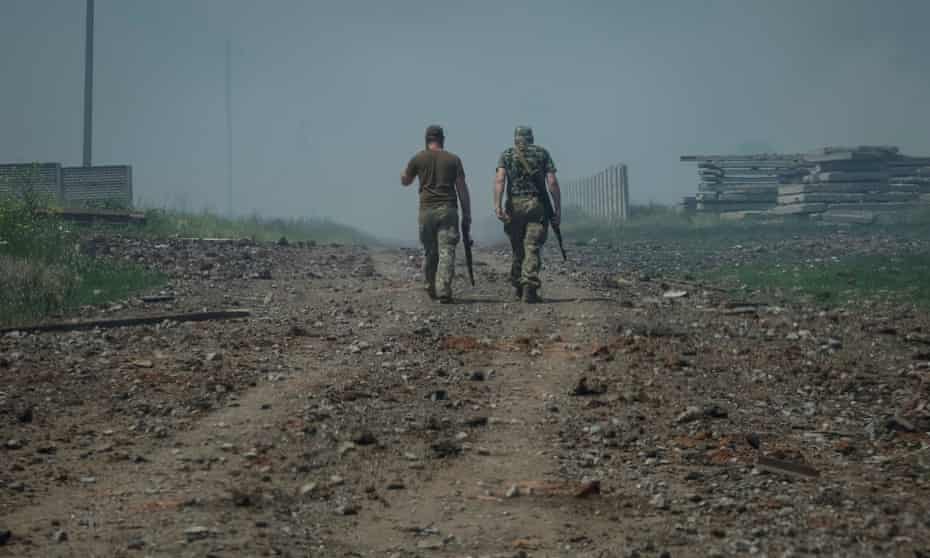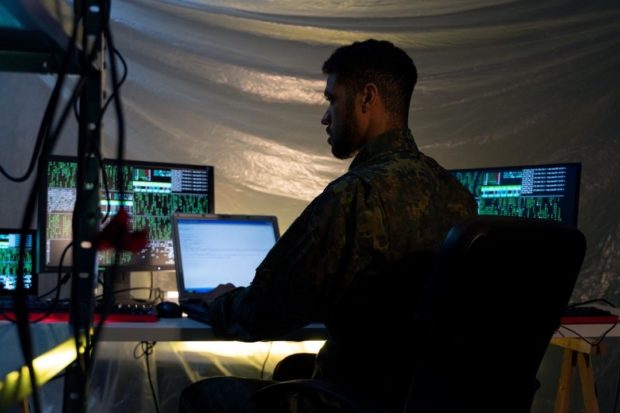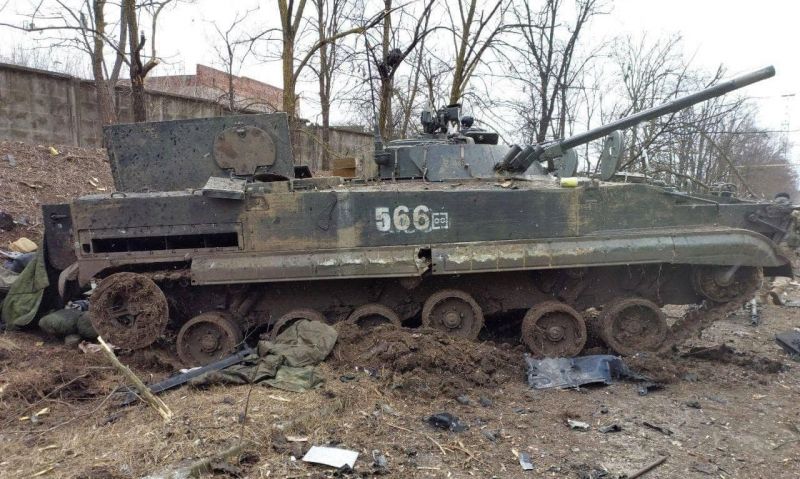David Albright and Sarah Burkhard
Timeline of Iran’s Deception about the Gchine Mine and Mill~1999 – 2003: Iran secretly builds Gchine mine and mill as uranium source for the Amad nuclear weapons program under Iran’s Ministry of Defense and Armed Forces Logistics (MODAFL), contracting Kimia Maadan (KM) for early design and construction work.
December 22, 2001: Kimia Maadan is dissolved; further construction of Gchine remains under military control.
~August 2002: Gchine mine and mill appears near completion.
March 18, 2003: As ordered by Iran’s Supreme National Security Council (SNSC, chaired by Hassan Rouhani, later president) and approved by Gholam Reza Aghazadeh (then head of Atomic Energy Organization of Iran (AEOI)), Iran starts to transfer control of Gchine from MODAFL to AEOI.







